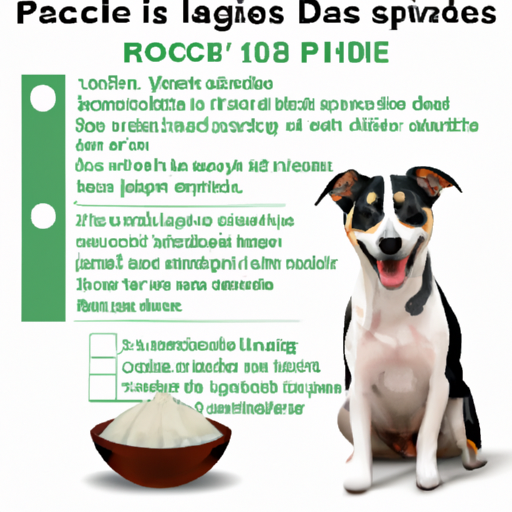As a caregiver, you’re always on the lookout for the best diet for your furry friend. Dogs can enjoy a variety of human foods, one of which is rice. But not all rice is created equal. Let’s explore together.
1. Why Rice?
First, let’s understand why rice is considered beneficial for dogs.
Rice is a great source of carbohydrates, which provide your dog with the energy they need to wag their tail, play fetch, and generally be their loveable selves. It’s also gentle on their stomach, making it a good option for dogs with sensitive stomachs or those recovering from an illness.
However, it’s important to note that while rice can be a good addition to your dog’s diet, it should not be the main component. Dogs need a balanced diet, which includes protein, fats, and a variety of fruits and vegetables.
2. Types of Rice and Their Benefits
There are several types of rice, each with its benefits. Here are some common types and why they might be good for your dog:
- White Rice: Easy to digest and great for upset tummies. However, it’s low in nutritional value compared to other types.
- Brown Rice: Higher in fiber and nutrients compared to white rice but takes longer to cook.
- Wild Rice: Not technically rice, but it’s rich in antioxidants and protein.
| Type of Rice | Benefits | Drawbacks |
|---|---|---|
| White | Easy to digest | Low nutritional value |
| Brown | Rich in fiber and nutrients | Takes longer to cook |
| Wild | High in antioxidants and protein | More expensive |
3. How to Serve Rice
Serving rice to your dog is more than just scooping it from your pot into their bowl. To ensure it’s safe and easy to digest, follow these steps:
- Measure out an appropriate portion. As a guideline, rice should make up no more than 10% of your dog’s daily caloric intake.
- Rinely the rice thoroughly to remove any potential contaminants.
- Cook the rice in a lot of water, just like you would for humans.
- Let it cool completely before serving it to your dog.
4. Risks and Precautions
While rice is generally safe for dogs, there are a few risks and precautions to keep in mind:
- Allergies: Just like humans, dogs can be allergic to anything. If your dog has never had rice before, start with a small amount and watch for any allergic reactions.
- Overfeeding: Too much rice can lead to obesity and other health problems. Remember, it should only make up a small part of your dog’s diet.
- Arsenic: Rice can contain traces of arsenic. To minimize this risk, rinse the rice thoroughly and vary your dog’s diet.
5. Conclusion
Rice can be a good addition to your dog’s diet, providing them with energy and helping soothe upset stomachs. However, it should be served in moderation and alongside a balanced diet. Always consult with your vet before making significant changes to your dog’s diet.
FAQ
Q: Can I feed my dog rice every day?
A: While rice is not harmful to dogs, it should not make up the majority of their diet. Always ensure a balanced diet for your pet.
Q: What kind of rice is best for dogs?
A: Brown rice is often considered the best as it is rich in nutrients. However, white rice is easier to digest.
Q: Is Rice good for dogs with diarrhea?
A: Yes. White rice can help bind the stool and is easy on the stomach, making it a good choice for dogs with diarrhea.



